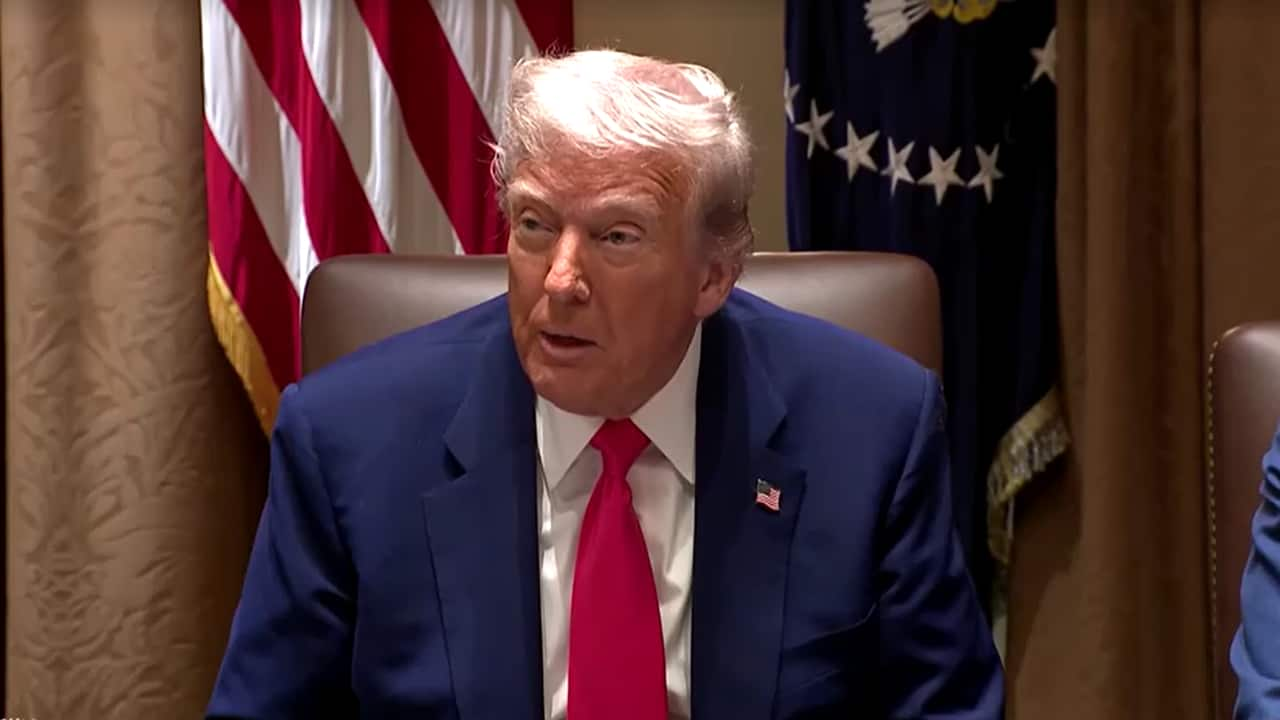The Safeguard American Voter Eligibility Act, or SAVE Act, was passed by the US House of Representatives with a 220-208 vote on Thursday night. The bill will require Americans to produce proof of citizenship to register to vote. If the Upper House passes the legislation, President Donald Trump is expected to sign it into law.
Calling for free and fair polls, Trump recently signed an executive order to overhaul the US election system. He also cited practices in countries such as India and Brazil, where voter identification is linked to biometric databases. How does the US voter ID system work till now? In the USA, the voter ID laws mandate an individual to confirm their identity using specific forms of ID when he/she votes.

Every state has different rules. A voter registration is not actually required for voting, rather it can be used as a form of identification. These laws have been enacted by over 30 US states since the mid-twentieth century.
However, requirements vary widely—from strict photo ID mandates to more lenient alternatives allowing a broader range of identification forms. A driver's license, state-issued ID card, tribal ID and military ID are some of the documents that can be used. According to a report by the National Conference of State Legislatures (NCSL) in 36 states, voters are asked to provide identification when casting their ballots.
Of these states, 11 accept other forms of identification, while 24 require photo identification. Voters in 14 states and Washington, D.C.
, are not required to present identification. If there is an uncertainty related to the eligibility of the voter, then provisional ballots are used. These provisional ballots are kept until the completion of an individual’s identity.
The voter may have to return to show an acceptable form of ID within a few days, or the ballot will not count. India’s voter ID system First mooted in the late 1950s, the photo identity card for voters became a reality when T N Seshan was Chief Election Commissioner. The law aimed at preventing voter impersonification during voting.
A pilot project to issue photo identity cards for voters was undertaken in the Calcutta (Southwest) Parliamentary constituency for a by-election in May 1960. But it failed. Then after almost two decades, during the 1979 assembly elections in Sikkim, photo identity cards were issued.
It was subsequently implemented in other northeastern states such as Assam, Meghalaya and Nagaland. In 1993, the Electors Photo Identity Cards were finally introduced. The Election Commission in 2021 launched the Electronic Electoral Photo Identity Card (e-EPIC).
e-EPIC is a non-editable secure PDF version of the voter identity card and has a secure QR code with an image and demographics like serial number, part number and others. E-EPIC can be downloaded on a mobile or a computer and can be digitally stored. The Voter ID cards are now also acceptable as proof of identity and address.
What is the Save Act? The SAVE Act amended the National Voter Registration Act of 1993 (NVRA). It requires individuals to present documentary proof of US citizenship in person when registering to vote or updating their registration. Eligible documents to demonstrate citizenship include a REAL ID-compliant driver’s license indicating the holder’s citizenship, valid US passport, military ID card paired with a service record confirming a US birthplace, government-issued photo ID displaying a US birthplace, government-issued photo ID accompanied by a document such as a certified birth certificate verifying a US birthplace.
Concerns about Save Act According to experts, however, the Act could potentially impact married women, especially those who adopted their spouse’s surname after marriage. A report by Forbes stated that an estimated 69 million women in the US have taken their spouse’s surname and don’t have a birth certificate matching their legal name. The bill requires proof of citizenship to match current identification, potentially creating hurdles for these women when registering or updating their voter status.
Voting rights groups are also concerned that the list of documents doesn’t consider the realities facing millions of Americans who do not have easy access to their birth certificates and many who do not have a US passport..
















